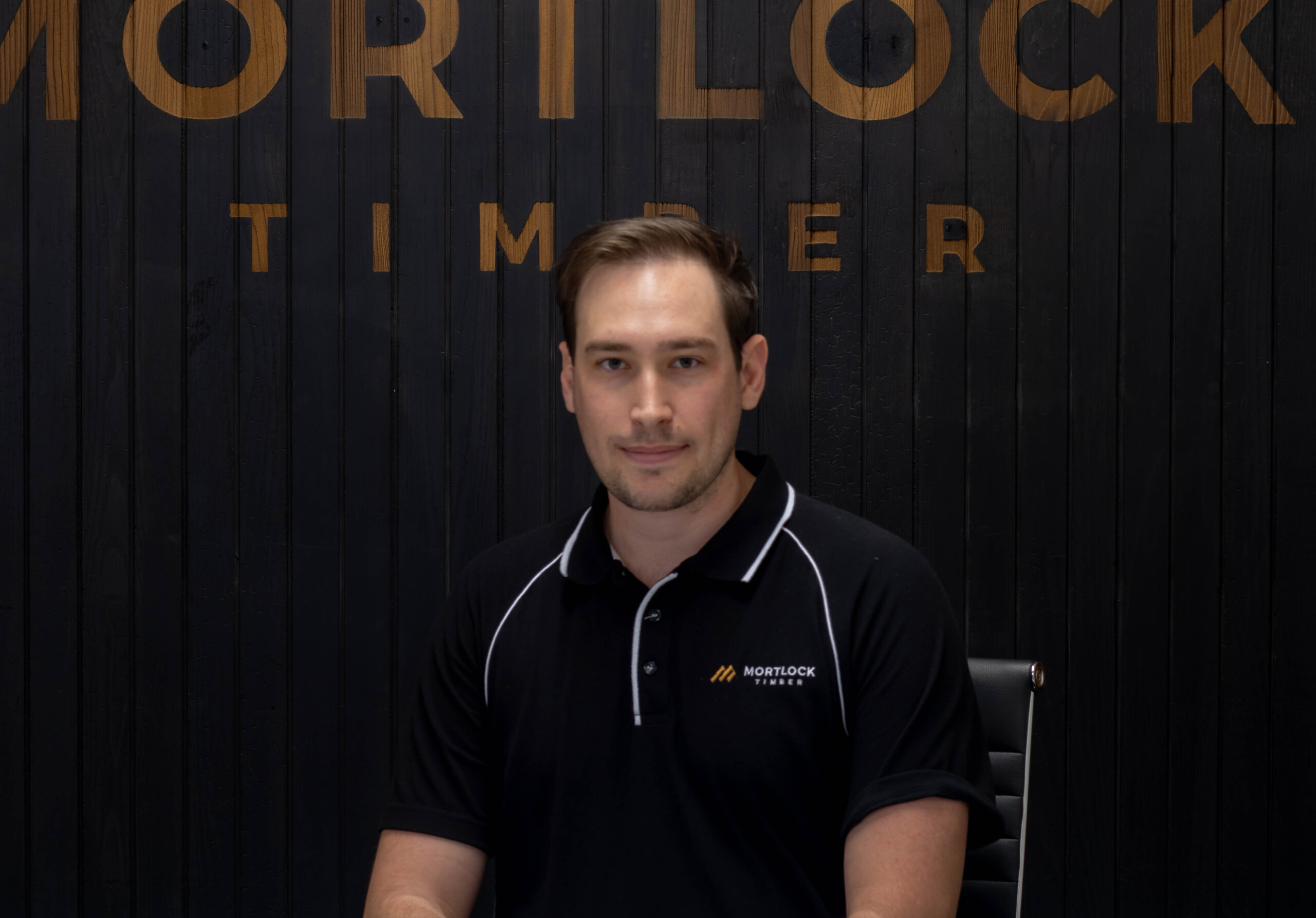Top Timber Species for Internal Lining: Enhance Your Interiors
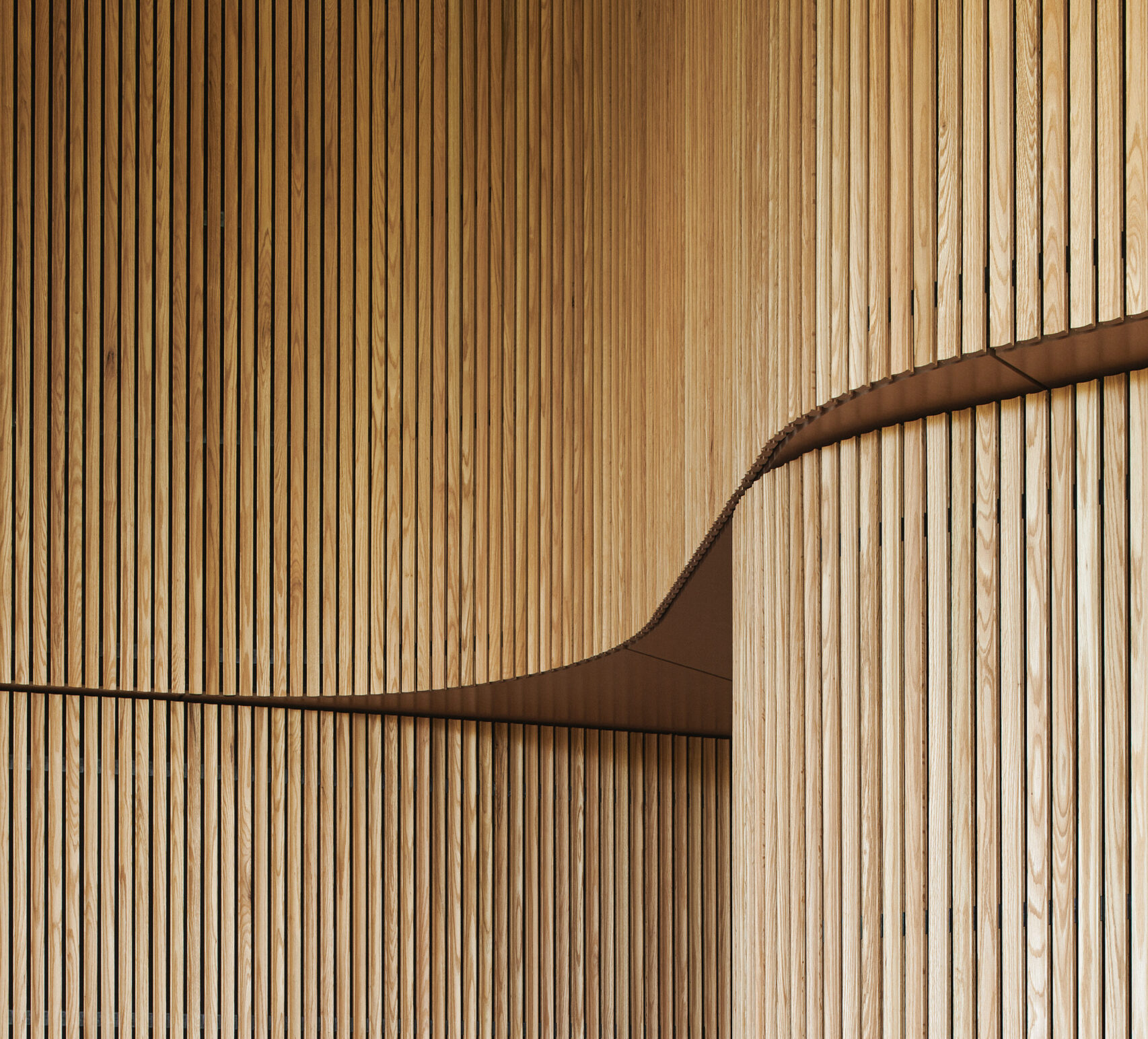
Beyond framing and exterior cladding, using timber for interior spaces continues to make a resurgence. Going further with specifying interior timber lining would be to specify and use natural timber. With irreplaceable biophilic benefits, texture, warmth and the unique grain of each species, it is hard to ignore timber as whole.
So let’s outline as much as possible about our natural timber lining:
- Best species to use for internal timber lining
- Where and how you can use internal timber lining
- What finishes, oils and stains you can use
- Design profiles to choose from
- Internal timber lining FAQs
Best natural timber species to use for internal timber lining
Before we get stuck into discussing the best species for internal timber lining, let us clarify two things. Mortlock Timber offers only natural timber products. No composite, no aluminium or fake timber. That comes to what grade of natural timber we supply.
We grade our timber to a standard or better grade with Australian Standards (AS) 2796.2-2006. That standard and better grade consists of 2/3 select grade and 1/3 standard grade.
All sorted? Right, let’s get into those species.
Tasmanian oak
Celebrated for its light creamy, pinkish tones, Tasmanian oak creates a cosy and inviting atmosphere to any area. Its subtle natural variation in grain and texture adds character and enables natural lighting to play a more defining role to a design.
As this native hardwood is light in colour and has excellent staining qualities, Tasmanian oak gives the opportunity to contribute to a diverse material palette. Whether used on walls, ceilings, or as a feature, Tasmanian oak creates a unique, authentic aesthetic that stands out while maintaining a harmonious look throughout. As Victorian ash is primarily discontinued throughout Australia, Tasmanian oak is great and recommended alternative.
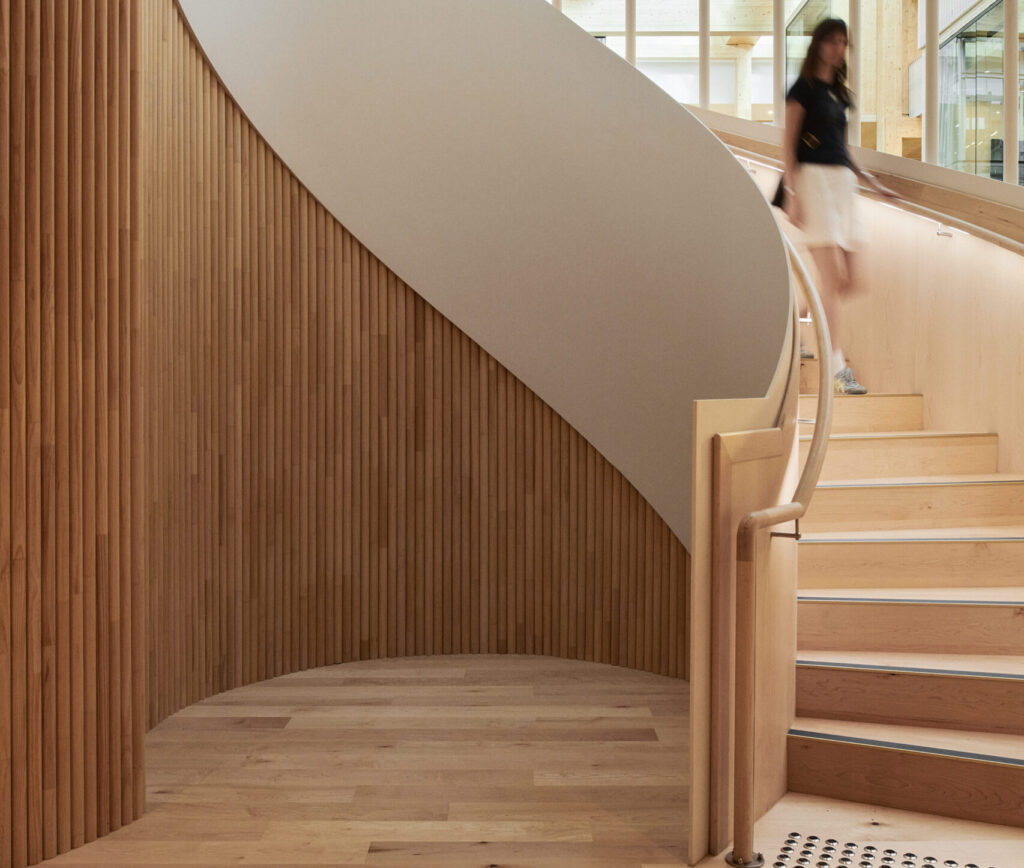
American Oak
This is a straight-grained timber that varies to other oak around the world. American oak machines well, giving plenty of options with our Satinplank profiles. We do not suggest specifying or using American oak externally because of the wood’s wider cells, meaning it can absorb more moisture than other timber species. This seemingly correlates to a good relationship with adhesives and glues, for when installation is required.
This timber can vary when it comes to colours but not as much as our native Tasmanian oak. American oak is predominantly blonde with light straw tones with streaks of light to medium brown throughout. We love celebrating this timber’s textures, colours and recommend using a clear coating to get that blonde, creamy aesthetic for your design.
This is a straight-grained timber that varies to other oak around the world. American oak machines well, giving plenty of options with our Satinplank profiles. We do not suggest specifying or using American oak externally because of the wood’s wider cells, meaning it can absorb more moisture than other timber species. This seemingly correlates to a good relationship with adhesives and glues, for when installation is required.
This timber can vary when it comes to colours but not as much as our native Tasmanian oak. American oak is predominantly blonde with light straw tones with streaks of light to medium brown throughout. We love celebrating this timber’s textures, colours and recommend using a clear coating to get that blonde, creamy aesthetic for your design.
Spotted gum
Let’s go harder. Spotted gum with its rich red and bold browns, makes a strong statement for any interior design project. As one of Australia’s premium native hardwoods, the durable properties and unique grain of this Australian hardwood is not often seen on interior timber linings. Spotted gum with its rich red and brown colours, extensive grain patterns and bold textures makes for a rare addition to interior spaces.
Australian hardwoods are not often seen throughout interiors because they are dense, hold a BAL rating and are well suited to the external Australian environment. Well, for the internal environment, we have been able to manufacture Satinplank in the spotted gum species.
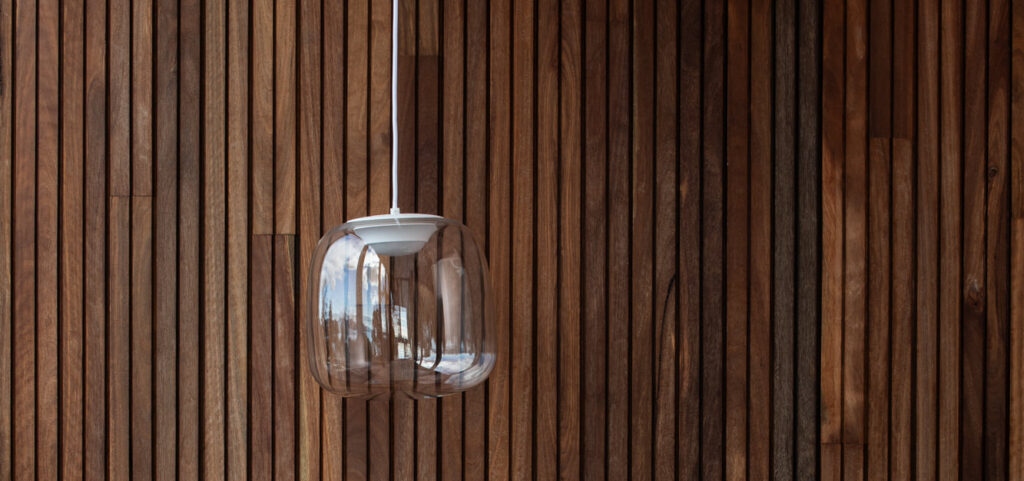
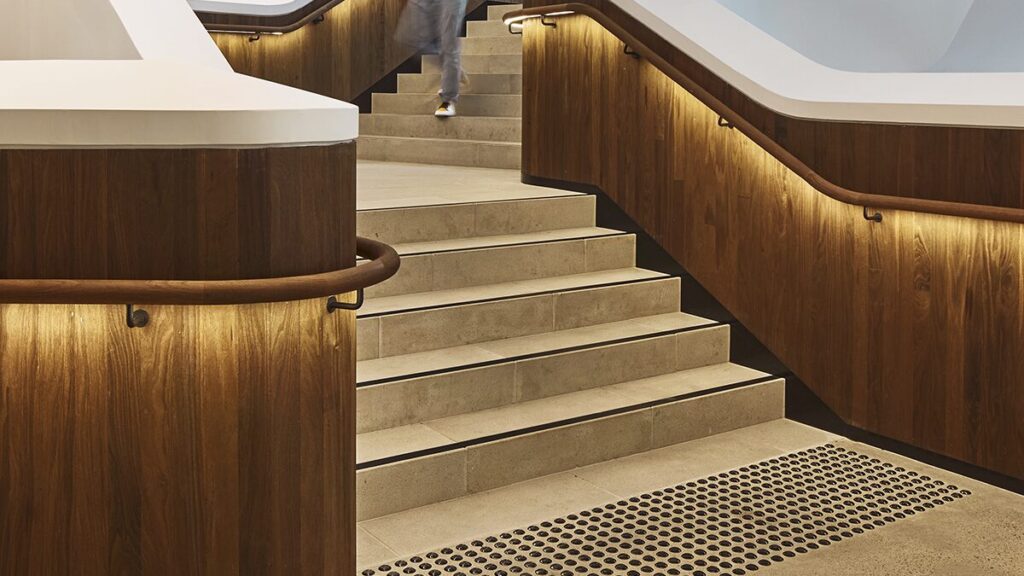
Burnt ash
For even more dark, chocolatey tones, a lighter yet durable option for interior design is Burnt Ash. This thermally-modified timber is still a natural timber, just one that has gone through a process similar to Malvec. If you are looking for a dark and luxurious timber with plenty of workability, then Burnt ash can add that depth and beauty to an internal space. Definitely a bold and beautiful option that can be changed, styled and specified in different stains and finishes.
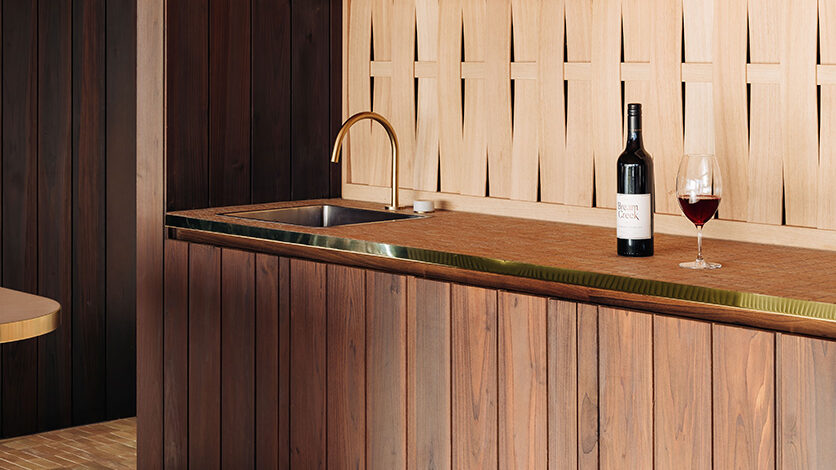
Malvec
If you’re after Western red cedar and its quality but do not want to break the bank, Malvec is a more economical option. Malvec is the name we have given thermally-modified ayous. This timber is native to eastern and west Africa, boasting a smooth texture and consistent colour. This reflects how western red cedar performs, while being very versatile and easy to machine. A beautiful option to use for timber lining.
In the Satinplank profile, Malvec is a lightweight option of 8.2kg p/m², making it easy to install in the system’s customisable profiles. We’ve found success in Malvec with Cutek Extreme CD50 (clear) oil, Malvec brushed and stained with WOCA Black exterior oil and Malvec stained with WOCA Hazelnut.
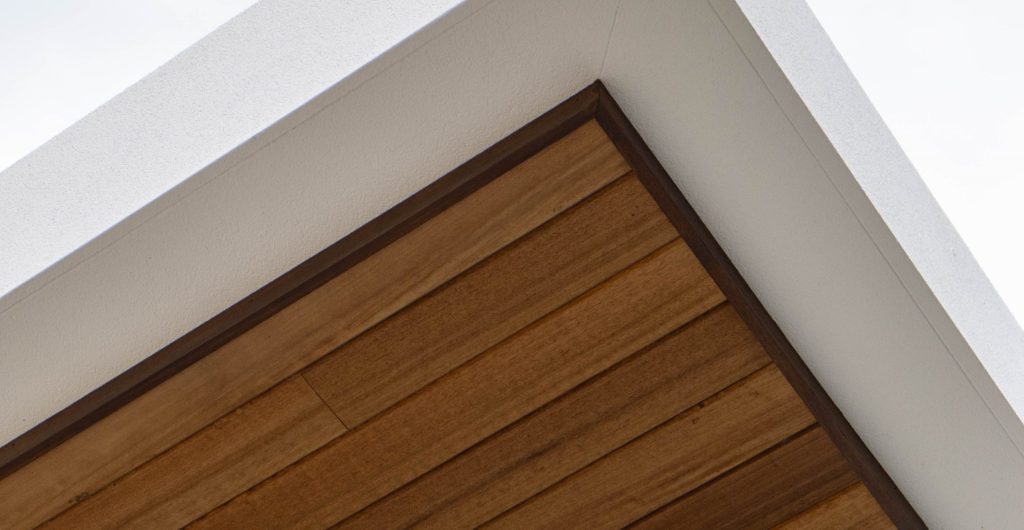
Where, why and how to use internal timber lining
Designers and architects are increasingly embracing and specifying timber for interior spaces. From curved walls to straight ceilings, the use of natural timber lining brings more than just texture to space. It also celebrates the notion of storytelling, with every grain, knot and origin of the timber.
The warmth, connectivity to the environment and the uniting of a material palette are all great reasons to choose natural timber. Research reveals that incorporating natural materials in built environments actively boosts air quality, reduces stress, and enhances emotional well-being. Natural timber excels as a material for insulation and for the acoustics in a space.
Timber’s porous structure makes it highly effective at absorbing sound, significantly reducing echoes and reverberations. Unlike hard surfaces like concrete or metal, wood naturally dissipates sound waves, enhancing acoustic comfort in any space.
Feature walls are also an incredibly popular way to incorporate wood into a residential home or a commercial space.
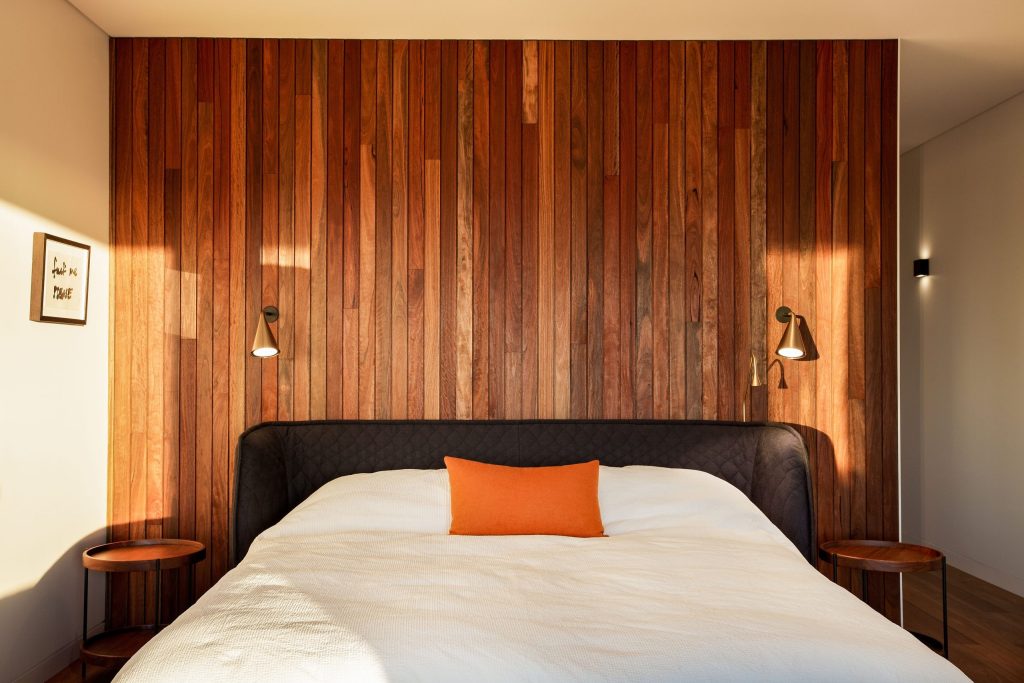
Satinplank offers a broad range of customisation for internal timber through the array of profiles, species and finishes. You can use this internal lining system for walls and ceilings in a horizontal or vertical application.
Satinplank profiles
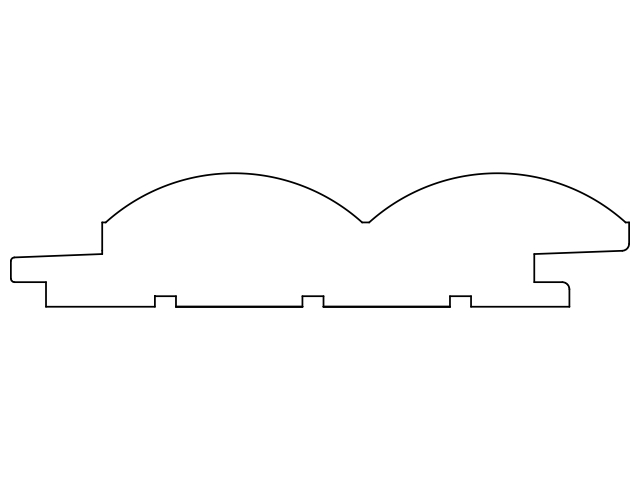
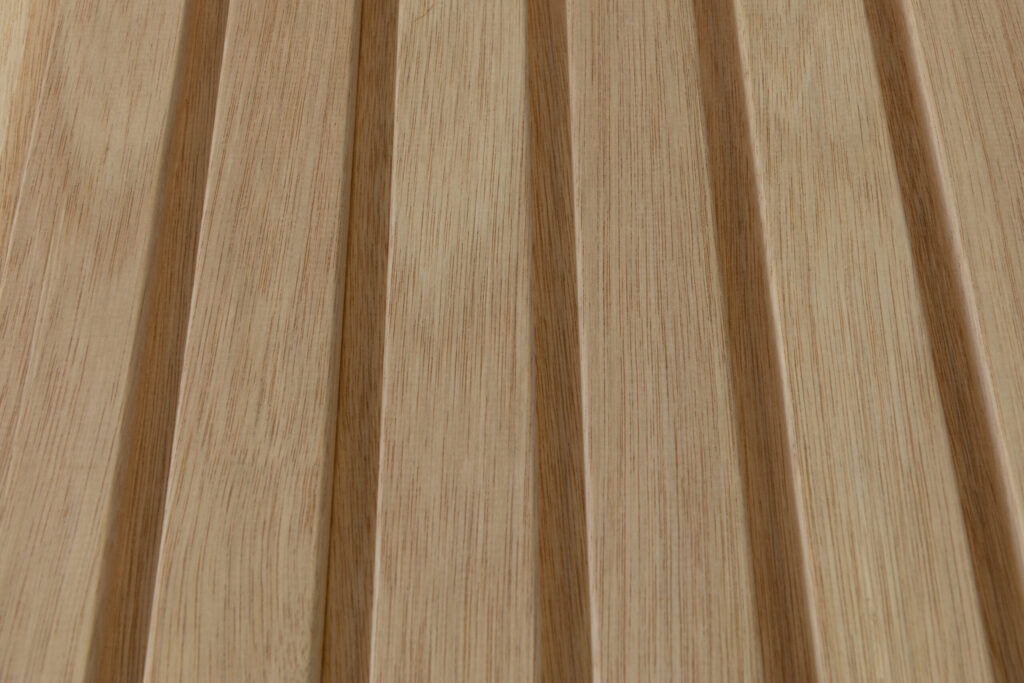
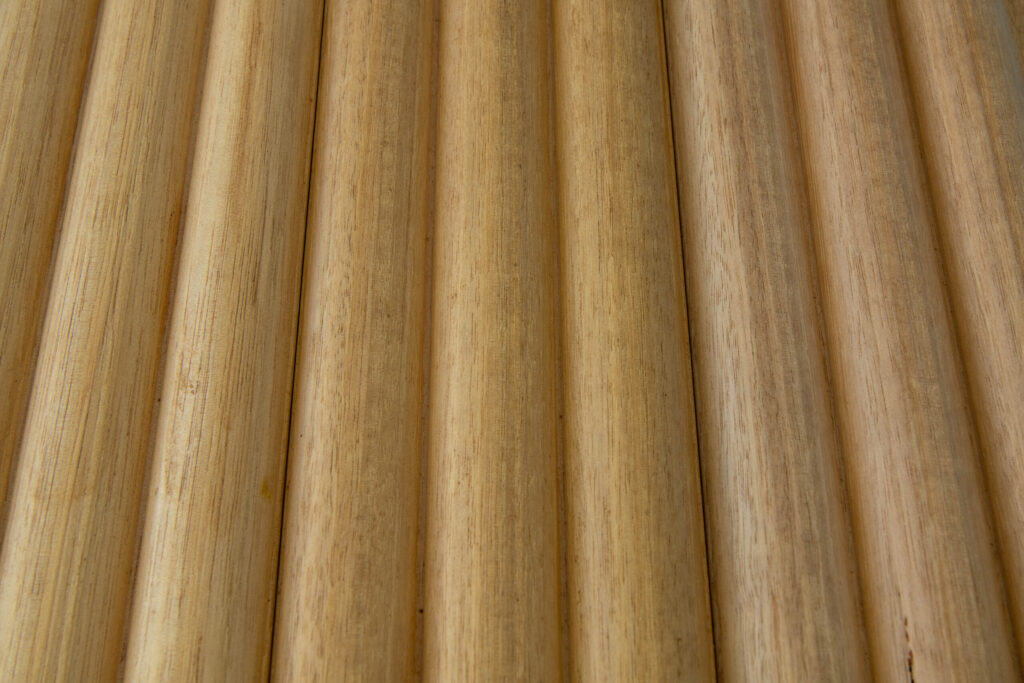
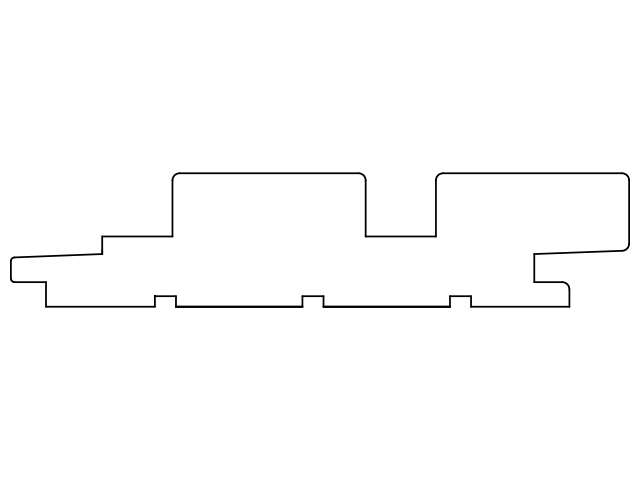
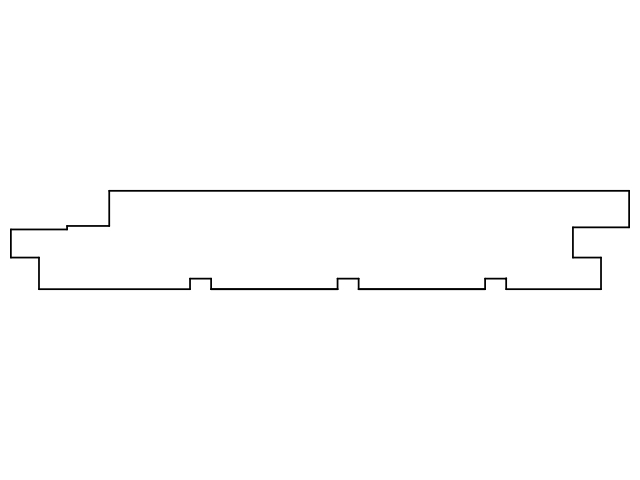
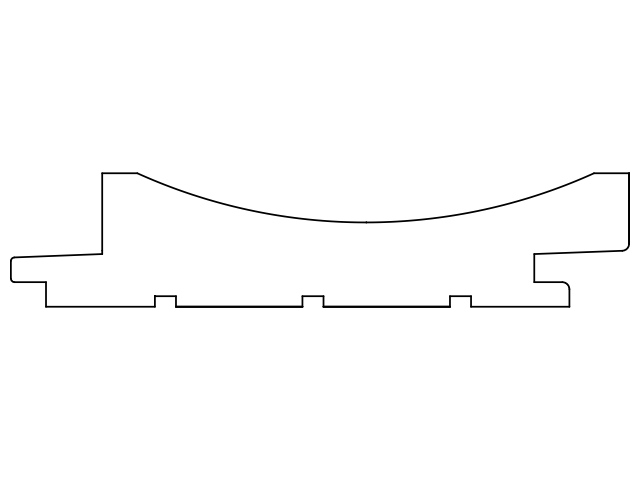
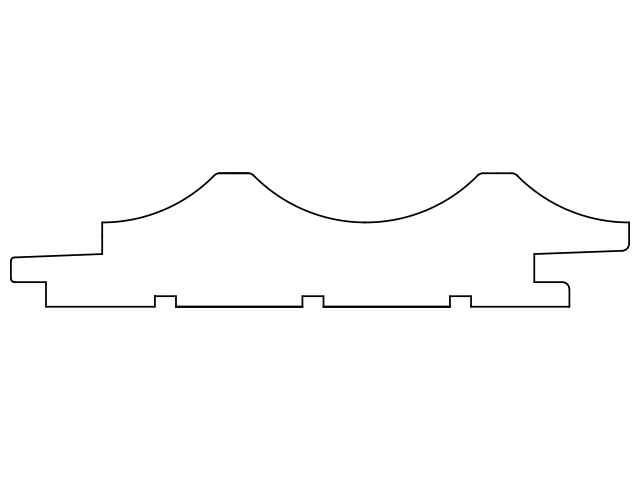
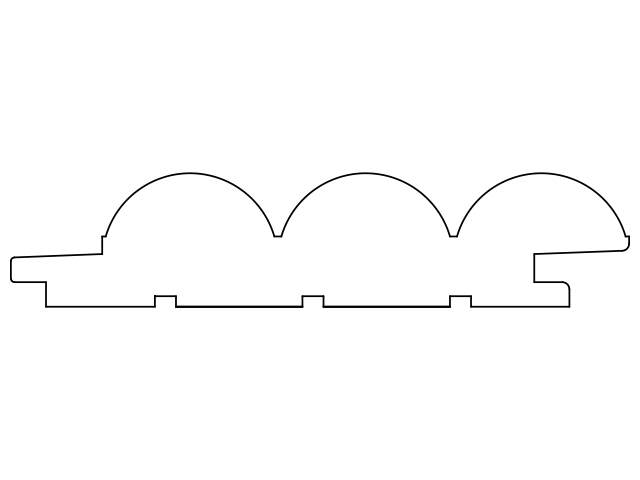
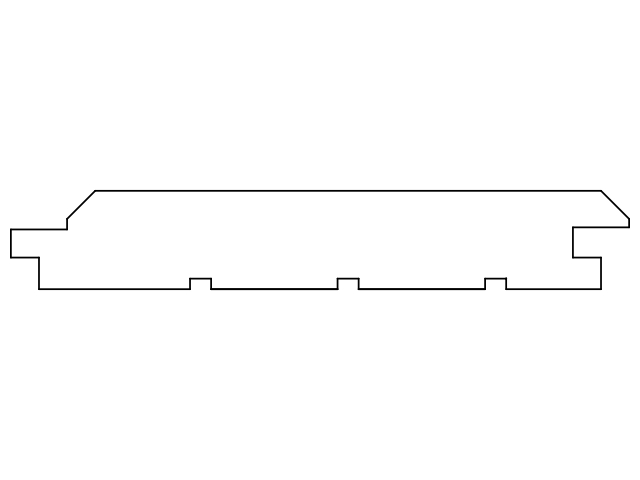
What finishes, oils or stains can I use for internal timber lining?
All of our timber products are pre-finished, ready for installation.
Cutek Extreme CD50 oil
Our standard finish offered at Mortlock Timber is Cutek Extreme CD50 oil. This coating will diffuse deeply into the wood core and give the timber a matte finish. As it is an oil-based product, it will slightly darken the timber. Mortlock can apply Cutek Colourtone to help achieve a certain finish, desired by the client.
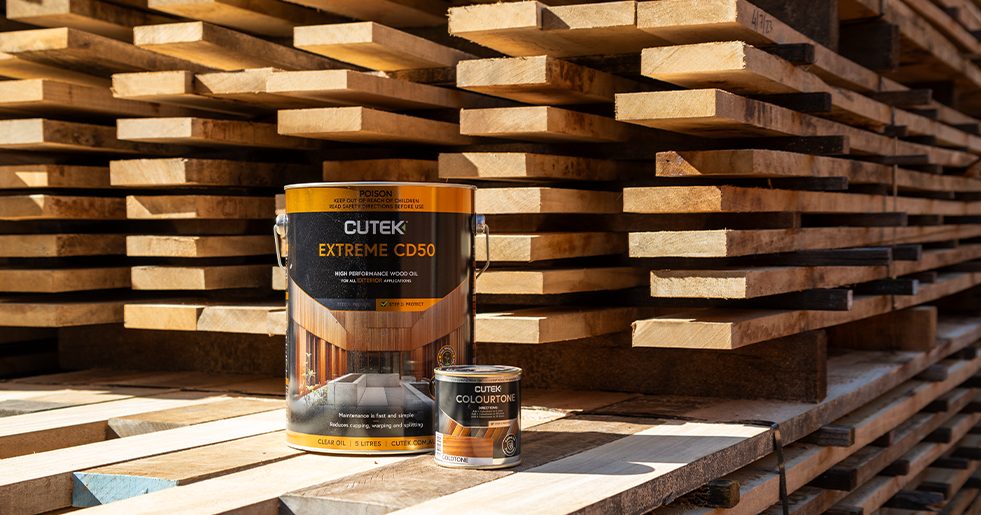
Enviro Clear
Our Enviro Clear is a clear, polyurethane coating that forms a thin, protective layer over internally installed timber. This film-forming finish blocks a large part of UV rays from penetrating the surface. Enviro Clear adds a subtle sheen to the timber, highlighting the timber’s grain and colour variations.
While other internal coatings can cause a rough surface, Enviro Clear covers the fibres and removes the rough feeling and look of the timber.
WOCA Exterior oil
WOCA Exterior Oil presents an excellent choice for low-maintenance applications, if timber is exposed to sunlight with or without windows. If you apply it to internal installations, little to no maintenance is needed. This coating has a matte finish that is predominately used for colour and black applications. Top of Form
Fireshield
Fireshield Intumescent Timber coating is a waterborne intumescent basecoat that offers up to 60 minutes of fire resistance from cellulosic fires. This coating actively protects interior timber from fire with its non-combustible, water-based formula. This clear intumescent basecoat features a high-quality finish and utilises thin film technology.
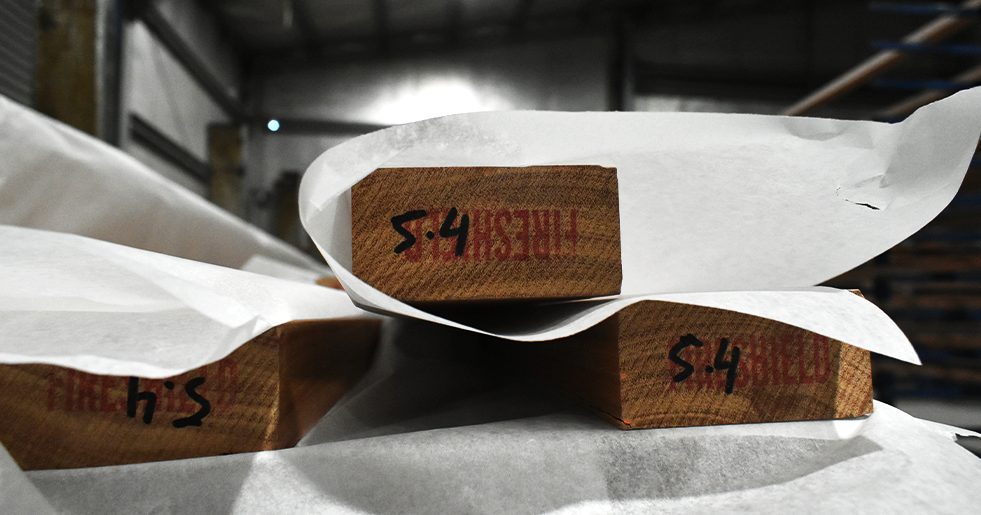
Internal timber lining FAQs
What types of timber panels do you offer?
We don’t offer timber panels as such, but our timber lining boards can achieve the panelling effect once they’re installed.
How sustainable are your timber lining products?
As a PEFC certificate holder, Mortlock Timber is committed and responsible for sourcing sustainable timber in efforts to maintain Australia’s forestry and ecosystem. Learn about our PEFC Chain of Custody certification here.
Can timber lining and panelling be used in outdoor settings?
Majority of our timber products can be applied to outdoor settings, however our Satinplank range is made exclusively for interiors.
Do you offer custom sizes and designs for timber lining & panelling?
Yes. Our timber lining and panelling systems can be customised to suit your specifications. Please note, custom samples and sample boards can take three to six weeks depending on requirements.
Can you provide installation services for timber panels?
As Mortlock Timber is a manufacturer and a supply-only company we do not provide installation services. However, we do offer installation assistance to architects, builders, and contractors to ensure your project is installed correctly.
Connect to the outside by bringing timber inside
The Satinplank system is tailored for interiors, offering a fast and easy installation process for wall and ceiling timber lining. Whether you opt for the discreet Secret Fix or the straightforward Face Fix, you can fully customize your project with various timber species, profiles, and finishes, ensuring a perfect match for your design vision.
If you’d like to explore your timber garage door options, contact us or request a free quote and our expert team will assist and guide you through the journey!
View our pricing and product guide
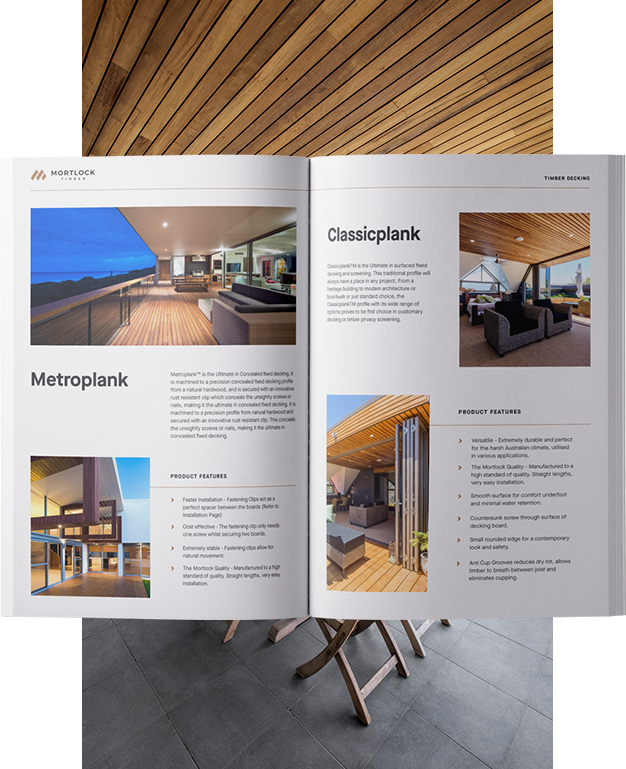
We are committed to bringing you timber products that add value and endure for years to come, even in heavy traffic and harsh weather conditions. We understand the value of efficiency when it comes to installation and keeping hardwood timber costs down. That’s why we’ve spent decades perfecting our designs to make them easier to handle, less wasteful and more efficient to install. This efficiency allows us to offer you premier products that are more cost-effective so that you can experience greater savings on timber wall costs, timber ceiling costs, timber cladding costs and timber decking costs.
Download our Pricing and Product Guide for our complete hardwood timber price list including timber decking prices, timber wall prices, timber ceiling prices and timber cladding prices.
